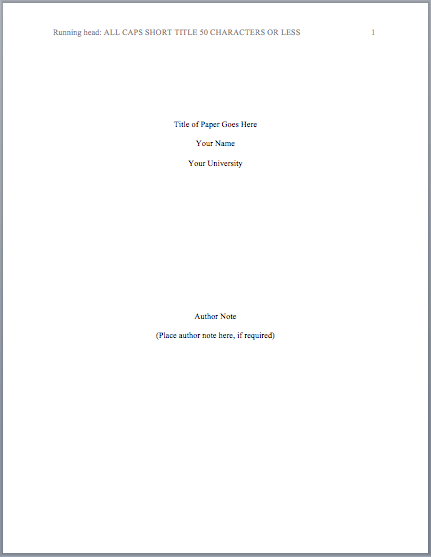
Definition: Dissertation Structure
A dissertation structure is the arrangement of research contents. It contains numerous parts which are also divided into paragraphs. It is essential to the flow of ideas in a research paper and to helping the reader navigate the ideas.
Different academic disciplines require a certain dissertation structure, so it is important to verify with your department of studies what type of structure is needed.
- ✓ 3D live preview of your individual configuration
- ✓ Free express delivery for every single purchase
- ✓ Top-notch bindings with customised embossing

FAQs
Pick a dissertation topic of interest and determine the issue to be explored. Previous research is sufficient in preparation since gaps identified in the previous dissertations are targeted. Talk to supervisors or fellow students to help you get a rough idea of the whole dissertation structure. Narrow down the topic to a specific issue to be tackled; this increases the chances that the topic is accepted by the board. Read broadly on the topic and take notes. By doing so, the next steps are easy to follow and keep the dissertation structure intact.
Ensure all works written by other authors are appropriately paraphrased and cited. Be sure that you’re using the correct referencing and citation method before you begin writing. Plagiarism is an academic offence which in some universities can lead to immediate failure, or even expulsion.
All dissertation structures are similar, but they differ in relation to the discipline. It is recommended that you consult with your supervisor and your department to find out what the acceptable dissertation structure is. Sections such as the dissertation introduction and conclusion are standard in most pieces of academic writing. However, health and social sciences are examples of disciplines with completely different dissertation structures.
The word count is dependent on the institution. Most institutions have a word count limit of 6000 give or take 10%. Some parts of the dissertation structure, such as the bibliography or the table of contents do not factor into the word count of a dissertation. But check with your institution to play it safe.
The main dissertation structure features that need to be included are a title, an introduction, headings, a conclusion and a bibliography. These key components must be in any dissertation presented for a bachelor’s thesis, master’s thesis or doctoral programme. Depending on the institution, different formatting and referencing styles such as APA or MLA may be required.
Parts of a Dissertation Structure
Title page
A dissertation starts with a title page. It contains the research title and the name of the institution where the research is being submitted. Different disciplines require different arrangements of the title page components. Be sure to inquire with your staff.

Introduction
The introduction explains more on the abstract. As earlier stated, the abstract is short and concise hence an introduction broadens its contents. A reader can identify how, what and why of the specific research after reading the introduction.
Literature review
To write a literature review one needs to read previous work and research on the topic. Journals, books and research articles are used in collection of information which is later analysed, then connections are made from the different information collected. Gaps are identified, hence finding ways to build more on what is present.
Methodology
It explains how the research will be conducted. The type of research to be used is presented, the method used to collect data, the research area is stated, data analysis is described, any tool used, limitations and the justification of the choices made when collecting data. The methodology needs to be convincing to meet the research goals.
Findings
The findings give the results of the methodology. In some departments, findings and discussions may be explained together, while in others they are different entities. Charts, histograms and tables are useful in showing the findings.
Abstract
It is the research summary. An abstract gives the overall goal of the research in a page or less. Anyone reading an abstract should have a rough idea of the whole research since it contains a stand-alone thesis. Some institutions have a word limit of the abstract that need to be adhered to the latter. Despite its location in the dissertation structure, an abstract is often written last after the whole research is done. Although some people prefer to write it first since it provides a framework for writing the dissertation. An abstract is short but concise.
Acknowledgements
In an acknowledgement individuals who helped through the research are mentioned. Individuals mentioned include supervisors, parents, spouses, children and friends among others.
Table of content
The dissertation structure is well-written and it includes sub-sections. In Microsoft Word, the table of contents is clicked and automatically takes one to a specific section.
List of figures and tables
In case your research has figures and tables, number them and insert caption such that when one clicks on it the figure or table opens.
List of abbreviations
Abbreviations used in the dissertation are written with what they represent. They are arranged in an alphabetical order.
Discussion
The findings are explained in detail forming different relationships from the literature review. Recommendations are presented to help improve the issue being discussed.
Conclusion
It brings all the dissertation together to explain the findings and research questions. Contribution to the current literature is highlighted in the conclusion section.
Reference list
A reference list includes all the sources used in the research. Most dissertation is written in either APA or MLA citation.
Appendices
It is the last part of a dissertation structure, and it includes questionnaires, surveys, or transcripts.
Other Dissertation Structure Guidelines
- The most common font is Times New Roman, font size 12, double spaced.
- The margins for bottom, top and right are 1 inch while the left margin is 1.5 inches.
- Figures and tables need to fit on the page; if they do not, you can change that particular page to landscape format.
- The table of contents must be updated using Microsoft Word headings.
In a Nutshell
- Always consult with your supervisor and instructor regarding the dissertation structure since this can vary from one staff to the next. Ensure you follow the required dissertation structure.
- Proofread and edit the document for grammar. A dissertation structure with very few grammatical errors increases the chances of success.
- Be clear and direct when writing a dissertation. This will ensure that it is approved by the examination board. When an institution does not have dissertation structure guidelines, ensure the dissertation structure components listed above are included.
- Ensure the dissertation structure specifications are followed to the letter. Specifications include font and paper size, among others.
- Abbreviations are a part of the dissertation structure; a list of all abbreviated words used in the dissertation should be included.
